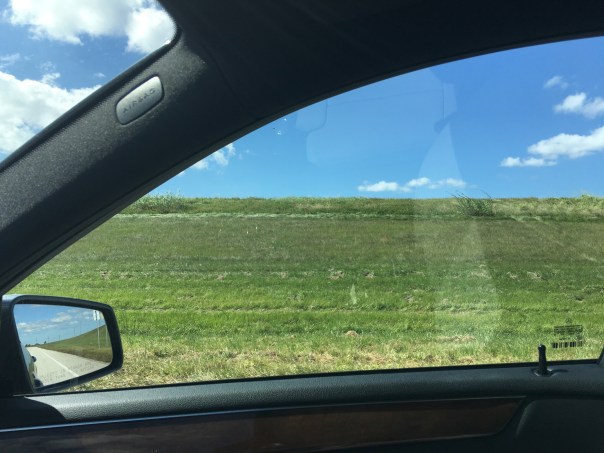
Before we begin today’s lesson, two major changes must be recognized. First after almost a year, the ACOE halted the destructive Lake Okeechobee discharges to the St Lucie River. These releases began January 29th, and lasted through November 4th, 2016.
And on Tuesday, November 8th, Donald Trump won the 2016 presidential election over Hillary Clinton, an election considered the most remarkable and unpredictable in over 100 years…
Now back to our Road Trip series:
Most recently we have traveled to Canal Point, the first town south of the Martin County line on the east side of Lake Okeechobee. This almost forgotten little town has an amazing history, and holds the seeds of today’s expansive Everglades Agriculture Area and of United States Sugar Corporation itself.
The easiest way to take this drive through history is a timeline. So let’s crank up the car and begin!

1914-1918 – World War 1. Sugar rationing across the nation.
1917- The West Palm Beach Canal is constructed, intersecting at Canal Point, allowing transportation of goods and internal land development around Lake Okeechobee
1918-After the war, Congress holds hearings about concerns that the county should “never again” get into a position where domestic sugar production is just 1.7 billion. The United States Department of Agriculture opens a sugarcane research central at Canal Point that still operates today-a hundred years later.


1920- The American Legion and Federation of Women’s Clubs mount a national lobbying campaign against the high price of sugar. West Palm Beach chapters lead in support of the effort.
1920- Englishman, F.E. Bryant, already a successful farming business man in Lake Worth, forms the Florida Sugar and Food Products Company working with G.T. Anderson at Canal Point. They buy land and build the first sugar mill by 1921 and encourage expanded sugar farming.
1922-Flooding of some cane fields…they plod on…
1923- 900 acres of sugarcane in Palm Beach County, 800 of it in Canal Point. This is a real success.
1924- Connors’ Highway constructed allowing access in and south of Lake Okeechobee for more sugar farming and development
1924- More flooding of cane fields– a major set back so Bryant merges his faltering company into a “better capitalized” company in Clewiston. The name of this company is Southern Sugar Company.
1926- Hurricane
1926 Florida land booms slows, beginnings of the Great Depression for Florida
1928 Hurricane- an historic Category 4/5 hits Lake O area coming through West Plam Beach. Up to 3000 people die. Many are never found.

1931 Businessman and General Motors executive, Charles Stewart Mott purchases Bryant’s failing Southern Sugar Company renaming it United States Sugar Corporation. This is the hugley successful and profitiable Clewiston “US Sugar Corporation” that we know today. http://www.ussugar.com
When I drove through Canal Point a couple of weeks ago, I had no idea that this little town held so much history. A history that eventually and unintentionally led to the diking of Lake Okeechobee and the destruction of the St Lucie River/Indian River Lagoon.

*Thank you to the book Black Gold and Silver Sands, by James D Synder, and the Palm Beach Historical Society as sources.


 Driving west about twenty miles outside of Stuart, we pass Indiantown. We see train tracks, agricultural fields, and wonderful open natural lands such as DuPuis Wildlife Area. All the while the C-44 canal is to our right. An eagle flies overhead. The blue and white clouded sky seems bigger here.
Driving west about twenty miles outside of Stuart, we pass Indiantown. We see train tracks, agricultural fields, and wonderful open natural lands such as DuPuis Wildlife Area. All the while the C-44 canal is to our right. An eagle flies overhead. The blue and white clouded sky seems bigger here.


 Pulling onto the once famous toll road of Connors Highway and going south, we see the berm of Lake Okeechobee. We leave Martin and enter Palm Beach County. Large trucks fill the road. It is nerve-wracking but exciting. Some beautiful old homes stand amoungst thickets of royal palms and tropical vegetation. Roses and honey are for sale if one has the nerve to pull over.
Pulling onto the once famous toll road of Connors Highway and going south, we see the berm of Lake Okeechobee. We leave Martin and enter Palm Beach County. Large trucks fill the road. It is nerve-wracking but exciting. Some beautiful old homes stand amoungst thickets of royal palms and tropical vegetation. Roses and honey are for sale if one has the nerve to pull over. 


















